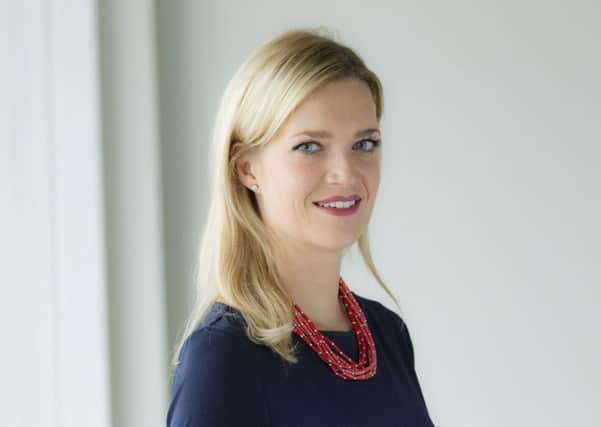Comment: The gender pay gap – and its long-term effects


The fact is that mandatory GPG reporting was never intended to produce a quick fix, but rather to promote positive change over the long term. Rather than focusing on the stark headline figures that can sometimes paint a distorted picture, businesses should be concentrating their efforts on implementing targeted actions plans that produce long-term improvements.
More than 10,500 employers submitted data, and the results show that 78 per cent of female employees are working for companies that pay them on average less than male counterparts, although the overall median pay gap was 9.6 per cent, down 0.1 per cent from the 2018 pay gap. Eight per cent of companies, including major brands such as Costa, Starbucks, KFC and Sports Direct, reported no GPG, while 15 per cent of companies reported paying women more than men.
Advertisement
Hide AdAdvertisement
Hide AdAnalysis by Pinsent Masons found that 48 per cent of firms reduced their pay gap compared to last year, with 7 per cent reporting no change and 45 per cent reporting an increase. The finance sector was one of the worst performers, while in the construction sector, the average hourly rate for women at the top 40 contractors was 28 per cent less than for men.
A number of companies chose to voluntarily report their ethnicity pay gaps, whilst some reported their sexual orientation and disability pay gaps. Pinsent Masons, the Bank of England, Deloitte, ITN and KPMG are among the employers that published their ethnicity pay gap. Draft regulations in relation to ethnicity pay gap reporting are expected later this year.
Other examples of proactive reporting include employers breaking down the gender make-up of their organisation overall, including at board level.
Many big accountancy firms and law firms have, like Pinsent Masons, published their partner pay gaps and pay gaps including partner pay. Some employers also said they have undertaken an equal pay review and that they are satisfied the gap is not indicative of an equal pay issue.
In some cases, the headline GPG figures mask the positive impact of initiatives implemented to improve the female pipeline and reduce the GPG in the long term. For example, some companies that have introduced initiatives to encourage more women into entry-level roles have reported higher gaps this year because these initiatives have seen more female employees in lower-paid roles during this particular reporting cycle. However, these companies now benefit from a strong pipeline of female talent – women who will hopefully progress through the ranks. This is why contextualising the headline data in an accompanying narrative is critical.
Diversity and inclusion expert Stuart Affleck of Brook Graham, which is owned by Pinsent Masons, said: “Companies need to understand the reasons for the GPG data and then focus on short, medium, and long-term actions to invest in and develop their current and future talent pipelines. The benefits and rewards of a balanced workforce at the individual, team, and organisational levels have been well-proven, and the increases in productivity and profitability are there for the taking, especially for those companies that are looking to deliver long-term cultural change as a way of closing their GPGs.”
There are deep-rooted underlying challenges and it is clear that closing the GPG altogether is going to take years. Many have questioned whether annual reporting will actually help close the gap or will simply become a box-ticking exercise. Given that the reporting requirement has attracted such significant media attention and interest from stakeholders, both from within and outside organisations, it is hoped that it will be the former.
Susannah Donaldson, legal director and employment law specialist at Pinsent Masons